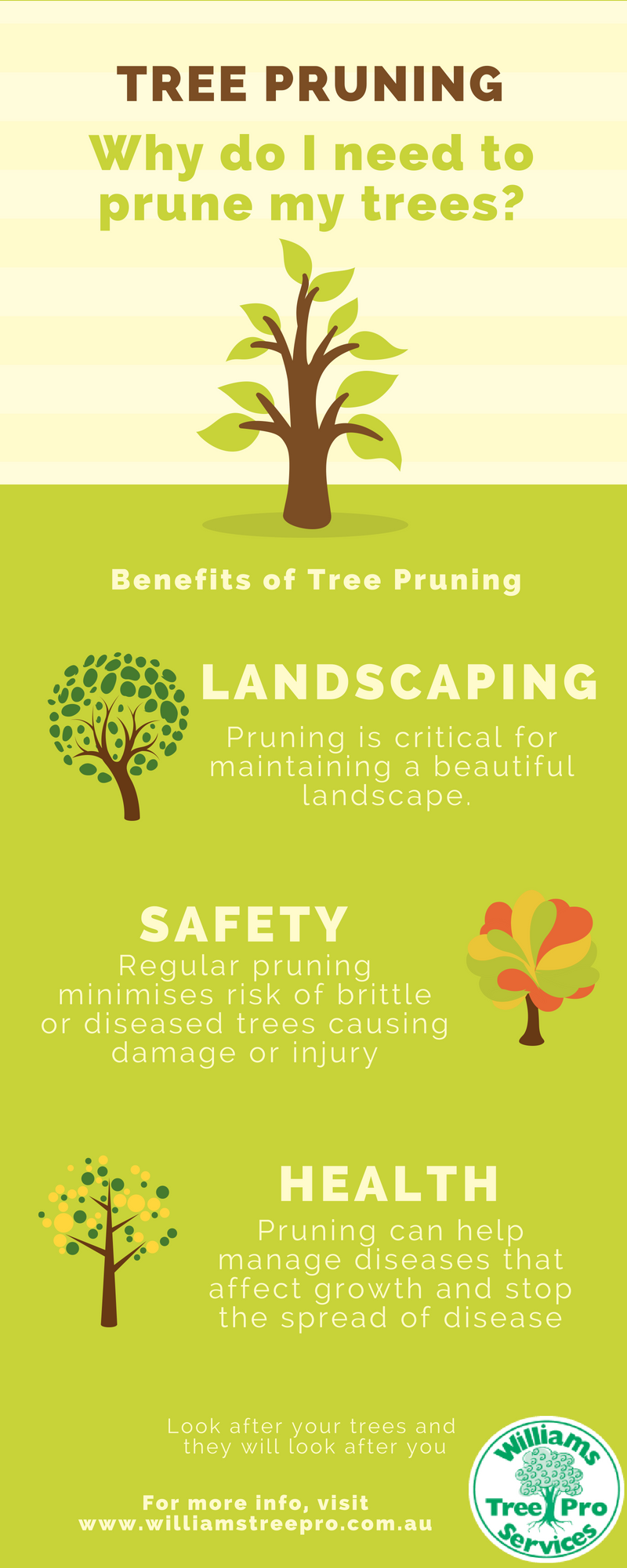Recognize Crucial Signals That May Suggest Your Tree Is Hazardous; Comprehending These Can Aid Make Sure The Security Of Your Home And Liked Ones.What Should You Observe Following?
Recognize Crucial Signals That May Suggest Your Tree Is Hazardous; Comprehending These Can Aid Make Sure The Security Of Your Home And Liked Ones.What Should You Observe Following?
Blog Article
Author-Harrell Butcher
When it concerns tree care, identifying the indicators that it's time for removal is essential for your security and building. You might discover tarnished leaves, wilting branches, or weird fungal developments showing health problems. Structural concerns, like a substantial lean or fractures in the trunk, can additionally posture dangers. Comprehending please click the following internet page warning signs can help you make notified decisions concerning your trees and prevent potential risks hiding in your yard. What should you seek next?
Indicators of Degeneration and Condition
When you see indicators of degeneration and illness in your trees, it's vital to act promptly. Seek tarnished leaves, wilting branches, or uncommon growths like fungi. Trimming Bonsai Tree can indicate that your tree is battling.
If you see cracks in the bark or soft, mushy timber, these signs recommend inner degeneration. Additionally, an abrupt boost in bugs around your tree can signal that it's weakened and susceptible.
Check for any dead or dying arm or legs, as they pose a threat to your residential property and safety and security. If you doubt about what you see, speaking with an arborist can give clarity.
Resolving these indications early can conserve you from more extensive damage and make sure the health of your backyard. Don't wait until it's far too late.
Structural Instability and Leaning
As you observe your trees, keep an eye out for any signs of structural instability or leaning. If a tree leans substantially, it may indicate that the root system is endangered.
Search for any cracks in the trunk or dirt around the base; these can signify potential failing. Additionally, check for uncommon growth patterns, like an uneven crown, which might recommend that the tree is struggling to hold itself upright.
If you see that the tree leans toward your home, high-voltage line, or other frameworks, it postures a better risk. Don't neglect these signs-- seek advice from an arborist to assess the circumstance.
Doing something about it early can avoid costly damages and guarantee your safety and security.
Dead or Dying Branches and Vegetation
If you see dead or dying branches and foliage on your tree, it's a clear sign that something's incorrect.
These harmful areas can indicate underlying problems like condition, pest problems, or ecological stress. When branches shed their fallen leaves or transform brownish, they're no more contributing to the tree's health. Overlooking these indicators might lead to more decline, making your tree a lot more dangerous.
Dead branches can easily break off during storms, posturing a danger to home and people close by. It's important to examine the degree of the damages.
If the issue affects a considerable part of the tree, think about speaking with a specialist. They can assist figure out if elimination is required to guarantee security and preserve the elegance of your landscape.
Verdict
If you see any type of indicators of decay, structural instability, or dead branches on your trees, do not neglect them. These indicators can pose severe safety threats to you and your building. It's always best to consult a professional arborist who can offer a specialist assessment of your trees. Acting early can prevent crashes and expensive damages, guaranteeing your landscape stays safe and healthy. Bear in mind, it's much better to be aggressive concerning tree care than to await a calamity to occur.
